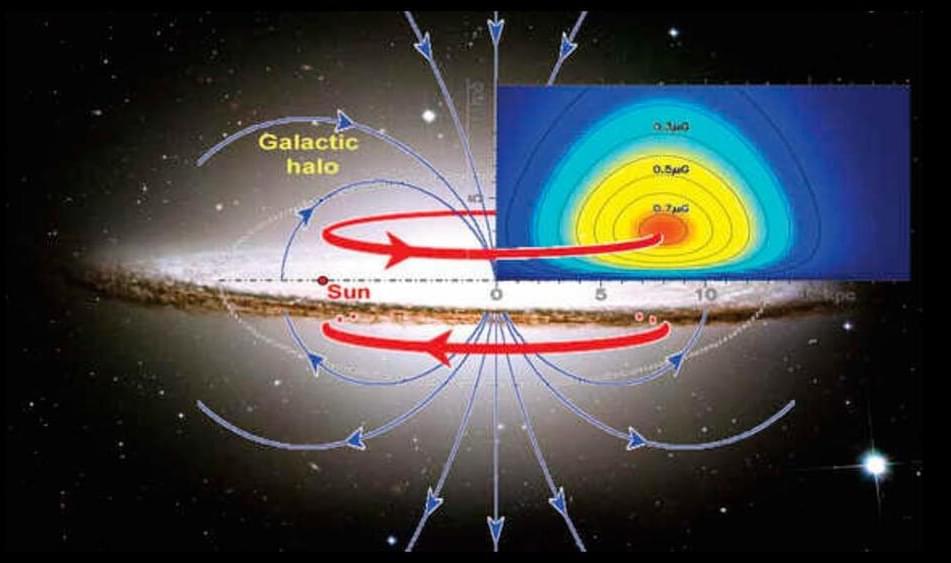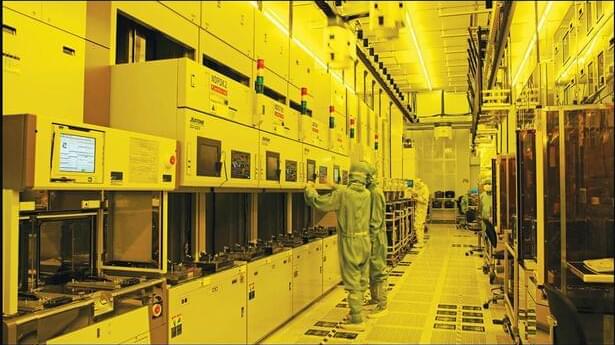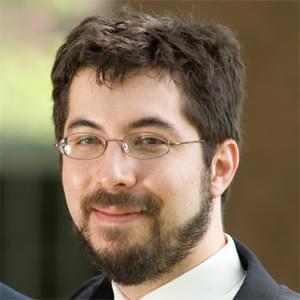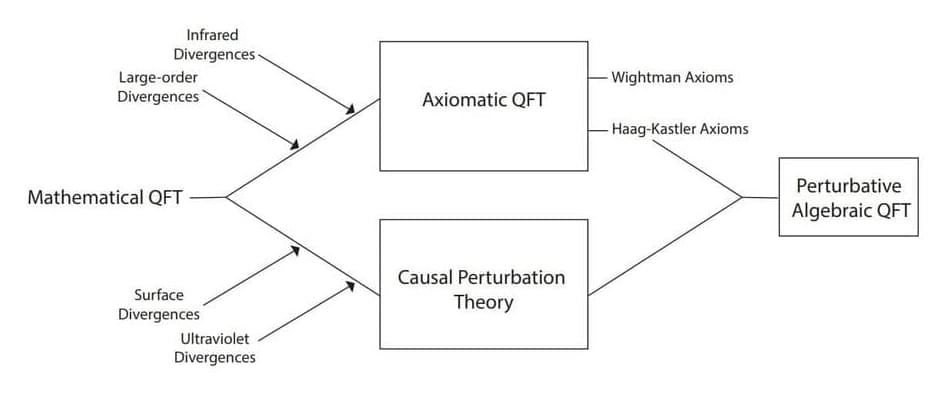Elon Musk finally reveals when the Tesla Cybertruck is expected to receive the Full Self-Driving update.




The discovery could help better understand the origin and evolution of magnetic fields in the cosmos, a mystery that has baffled astronomers for decades.
Related: Scientists reveal never-before-seen map of the Milky Way’s central engine (image)
The new study was led by National Astronomical Observatories of the Chinese Academy of Sciences (NAOC) scientists Xu Jun and Han Jinlin.

It’s unclear what customers or applications might be earmarked for this node, but it’s possible it could be dedicated to IoT and other consumer devices that need to sip power. Typically, these applications use legacy nodes as it would be too expensive to use advanced processes for inexpensive devices, but TSMC is planning for the future since this effort won’t be realized until 2029 or so.
TSMC’s Dr. Kevin Zhang, senior vice president of business development and overseas Operations, says the company has already started building Greenfield, but he didn’t indicate where it’s located. He says the rapid deployment of the Greenfield fab is the first time the company has essentially skipped what we assume is a lengthy review process and put shovels in dirt already.
According to Zhang, TSMC’s move is part of its larger effort to build some resiliency into its global supply chain. That resiliency will be achieved both by building fabs outside of Taiwan and increasing capacity for nodes it thinks will be in demand in the future. Anandtech notes the company’s most advanced low-power node is currently N6e, which is a 6nm/7nm node that uses between 0.4V and 0.9V. For N4e, the company is reportedly looking to drop that all the way down to 0.4V, but it didn’t offer any additional details about its performance or attributes at the symposium.

A from-scratch implementation of Kolmogorov-Arnold Networks (KAN)…and MLP
By: Lorenzo Maggi https://mlwithouttears.com/2024/05/15/a-from-scratch-impleme…works-kan/
With KAN DYI implementation.
Code repository of ml-without-tears blog: https://mlwithouttears.com/ — lollodealma/ml_without_tears.

Subscribe: RSS
I met Prof. Ed Boyden at last year’s Global Future 2045 conference in New York. There I was highly impressed with Boyden’s impressive work in neuroscience in general and optogenetics in particular, as well as the profound implications it would have on our ability to understand and manipulate the brain. And so I knew instantly I must bring him for an interview.


Now, new research reveals yet another engineering feat of this ancient animal’s structure: its ability to filter feed using only the faint ambient currents of the ocean depths, no pumping required.
This discovery of natural ‘“zero energy” flow control by an international research team co-led by University of Rome Tor Vergata and NYU Tandon School of Engineering could help engineers design more efficient chemical reactors, air purification systems, heat exchangers, hydraulic systems, and aerodynamic surfaces.
In a study published in Physical Review Letters, the team found through extremely high-resolution computer simulations how the skeletal structure of the Venus flower basket sponge (Euplectella aspergillum) diverts very slow deep sea currents to flow upwards into its central body cavity, so it can feed on plankton and other marine detritus it filters out of the water.

Perturbative expansion is a valuable mathematical technique which is widely used to break down descriptions of complex quantum systems into simpler, more manageable parts. Perhaps most importantly, it has enabled the development of quantum field theory (QFT): a theoretical framework that combines principles from classical, quantum, and relativistic physics, and serves as the foundation of the Standard Model of particle physics.

Microwave dielectric ceramics are the cornerstone of wireless communication devices, widely utilized in mobile communications, satellite radar, GPS, Bluetooth, and WLAN applications. Components made from these ceramic materials, such as filters, resonators, and dielectric antennas, are extensively used in wireless communication networks.